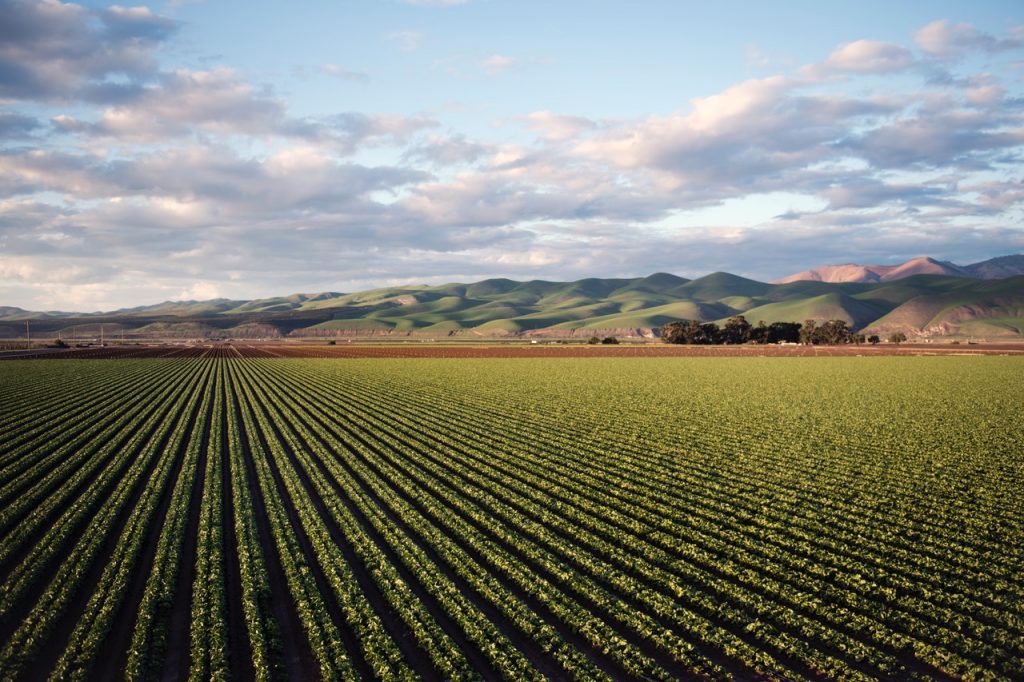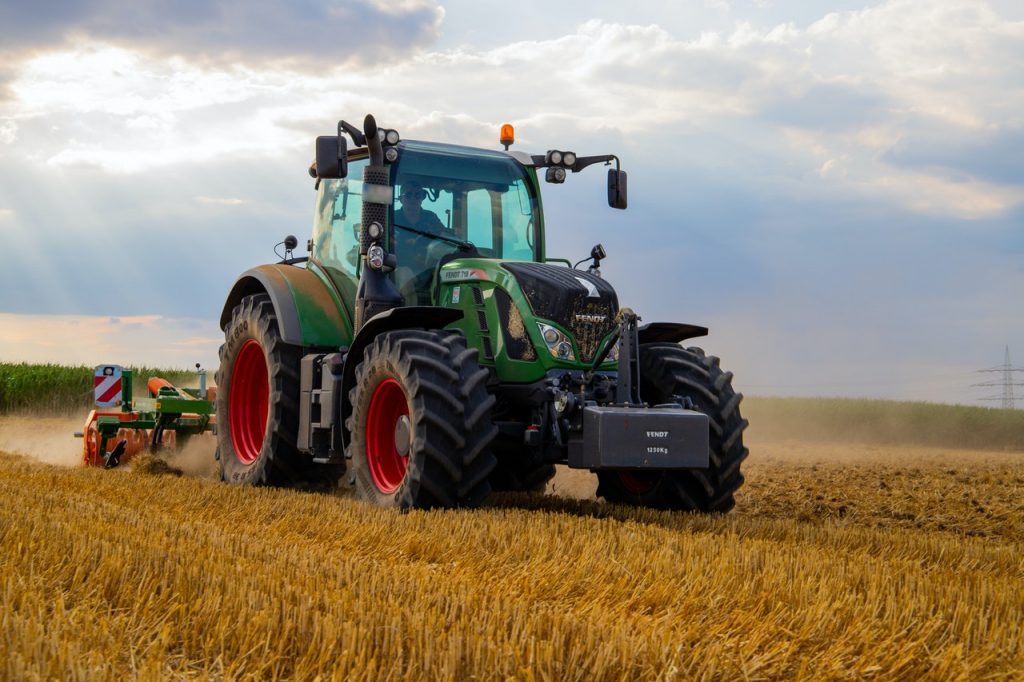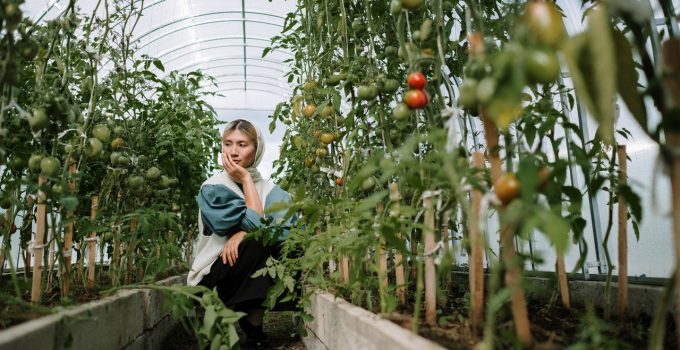Agriculture and farming are highly energy-consuming industries but they also harbor an enormous potential to save more than $1 billion in energy annually. However, taking this path comes with major challenges as well – demand for food keeps rising along with population growth, and climate change threatens the existing methods of farming.
One solution could lie in energy conservation techniques that may help in bringing down energy consumption while on the other hand, improves output, make savings on produce and lower the environmental impact. The following text offers several energy-efficient options that are proven ways of saving both energy and money.
Farms and energy

Source: pexels.com
In lots of different ways, farming demands huge amounts of electricity and the use of fossil fuels. There’s a lot of machinery and equipment used for growing and harvesting crops, from tractors and trucks to harvesters, which all use petroleum-based fuels.
Moreover, both irrigation and drying equipment is energy-intensive but they do have the advantage of using a larger variety of power sources that include natural gas and electricity besides the typical petroleum-based fuel. In order to provide water and feed for animals, heating, cooling and lighting, as well as manage waste, livestock farms also consume vast amounts of energy.
The same goes for manufacturing products and equipment. Energy is used to produce fertilizers, tools, machinery and pesticides, and activities such as processing, packing and distributing will add to the existing energy consumption.
Ways of saving and increasing energy

Source: pexels.com
Improving the energy efficiency of an agricultural business does pose challenges but if planned well, it can be executed successfully with benefits that make it well worth the effort. Among the first things to do is to perform energy audits on the property. This will help determine the current energy usage on the farm and it can be done by farm staff or professionals.
The next step would be upgrading equipment to newer and more energy-efficient models as they are the ones that will lower energy consumption. Start by replacing all incandescent light bulbs with LED ones that consume less energy and last longer. Also, make sure all equipment is regularly maintained so it can run smoothly with no additional downtime.
An important part of the energy-saving plan is finding replacements for traditional fertilizers and pesticides. Reducing their amount and incorporating alternatives such as making and using your own compost (for more information visit Jim’s Group), planting cover crops, and using IPM will help to significantly cut down the farm’s energy use.
Low energy water management is another smart investment. Farms will be able to sustain their livestock on either low or energy-free waterers, while still keeping the water fresh and running. With low-pressure sprinklers for crop irrigation, farms can lower pumping demands without compromising the water flow. Moreover, consider replacing diesel-operated irrigation pumps with electric ones – they are more efficient and more reliable, on top of costing less. Their larger motors do require three-phase power but it’s worth looking into rotary phase converters as an additional solution.
With all the equipment covered, consider improving the insulation on the farm buildings themselves. Closing any gaps and leaks will prevent the loss of cool or heated air. Finally, sell your produce locally – local businesses, restaurants and consumers will benefit from healthy, fresh food and the environment will benefit from the lack of emissions that comes from transporting goods.
Advantages of energy-saving solutions

Source: pexels.com
Since agriculture and farming consume large amounts of energy, the potential advantages of reducing that consumption are considerable. Improving energy efficiency offers important benefits for all sides involved – farmers, the environment and society, with major ones being lower costs and a reduced environmental impact.
For farmers, the key advantage is cutting costs. This will help them increase their profits leaving them with more funds at their disposal to be re-invested into their business. Ultimately, this could lead to the food being more affordable.
With an estimated $1 billion in energy savings in the agriculture sector, all eyes are on the motor systems, lighting and on-site transportation as these are the areas with the most cost-effective potential. Naturally, energy savings can be achieved in other sectors as well, such as the type of equipment used. Some estimates show that millions can be saved in the dairy industry simply by switching to more efficient barn heating and milk cooling systems.
In general, by improving the energy efficiency in agriculture, the entire sector’s impact on the environment will be reduced. Around 10% of greenhouse gas emissions in the US come from agriculture alone, so cutting down on fossil fuel use on farms would significantly lower these emissions. In addition, using fewer pesticides and fertilizers would reduce the amount of energy needed to manufacture products which means that the negative impact they have on the local waterways would be reduced as well.
Challenges to overcome

Source: pexels.com
Certainly, there are many challenges to overcome when setting about improving the energy efficiency of an agricultural business. If it were a breeze, every farm would already be doing it! Agricultural operations are complex so it takes lots of time, resources and effort to determine the best way to use energy and find opportunities for improvement and take the necessary steps. As most major companies are concerned, they would rather use all of these somewhere else.
Working on a smaller scale means there will be bigger challenges in improving operations than larger ones would typically face. This is mostly due to the fact that smaller operations have limited resources. Small to mid-sized farms do not commonly have the funds on hand to invest immediately in more energy-efficient solutions and equipment. Also, they typically lack the proper information or education regarding possible ways of improving their efficiency.
The agriculture industry consumes a lot of energy in a variety of ways and the methods mentioned here are the ones that can help improve farms’ energy efficiency. Their implementation will require some initial investment and can be demanding, but the money saved and environmental upsides certainly make it a noble and worthwhile endeavor.







